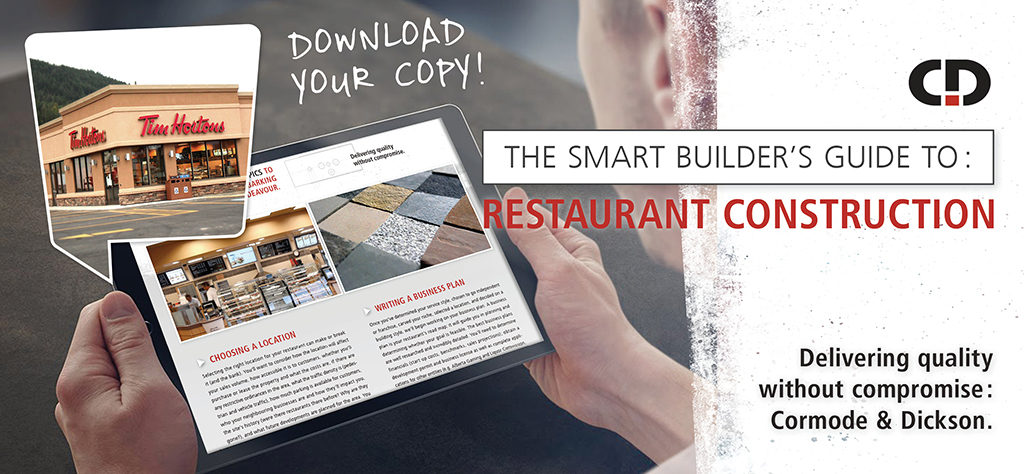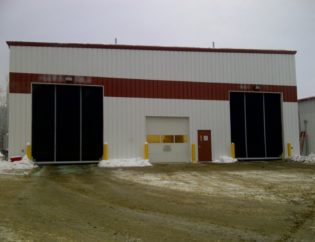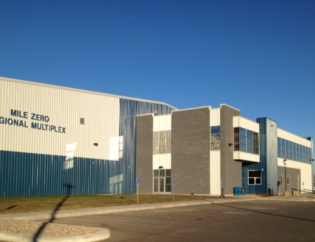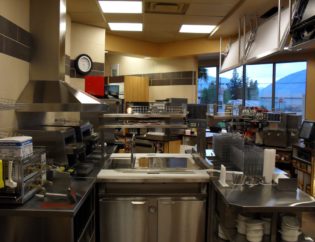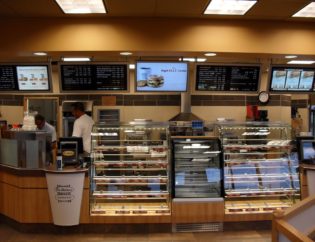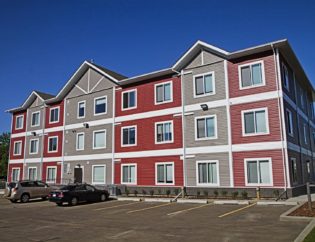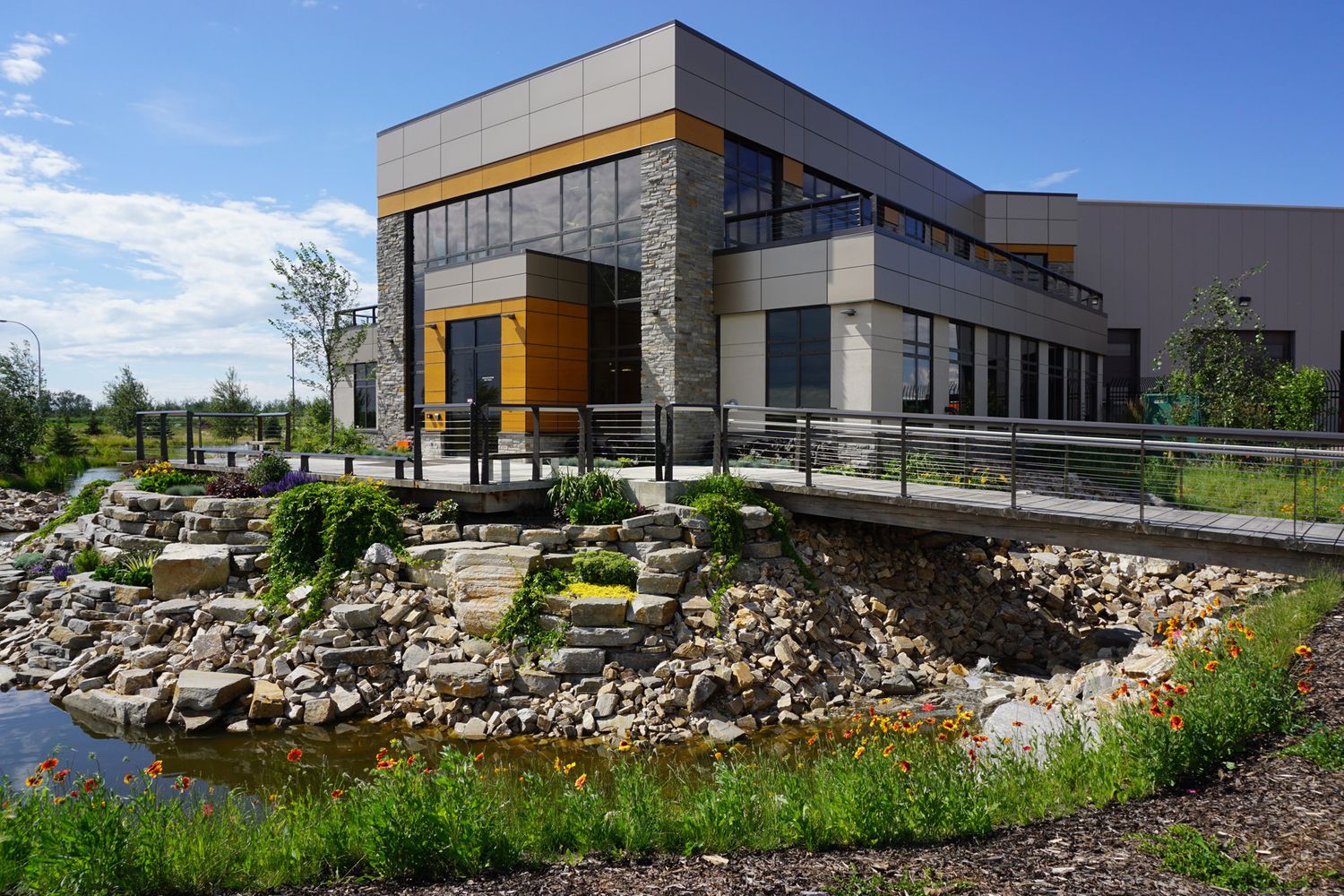
The Smart Builder’s Guide To Pre-Engineered Steel Building Construction
Wood Buildings
Using traditional building construction sometimes involves the use of steel structures, but more often than not employs wood framing. It’s inexpensive, available, and offers unlimited possibilities for design. Most residential projects, houses and four storey condominiums, are wood structures, along with many small, commercial buildings and larger projects. In design, wood offers greater potential for high-pitched roofs, overhangs, dormers, offsets, and interesting rooflines and wood frames are easier to insulate, which can make them more energy efficient. However, using wood means more work for subtrades who must spend time cutting lumber to size, framing, and drilling to run mechanical and electrical, and who can only estimate the foundational requirements because the completed building’s weight is unknown. Because of the nature of wood construction, expansion is also more difficult. Not to mention that wood can also rot, warp, mould, burn, or suffer insect infestations (e.g. termites) making it more work to maintain; with wood buildings, owners need to worry about the impacts of weather and degradation over time.
Pre-engineered Construction
Pre-engineered steel construction uses pre-fabricated elements (I-beams sections and connections) that are designed exactly for the building specifications and delivered to site. Once delivered to site, pre-engineered steel buildings are quick and simple to erect and employ less subtrades. So while the material may be more costly than wood, pre-engineered projects save on design and labour, in addition to making expansion extremely easy. In comparison to wood, steel does not shrink, split, warp, or burn making pre-engineered steel buildings easier to insure (lower risk) and easier to maintain (less warranty work post-construction). Plus, the flexible frames are stronger for high winds and heavy snows and steel is impervious to pests. However, condensation and moisture penetration can be problematic, but is offset by insulation and moisture barriers. Lastly, steel is made of recycled materials and can be recycled again and again, which reduces carbon footprints, not to mention that steel is, by nature, energy efficient.
Ultimately, both mediums can create successful projects, but at Cormode & Dickson, we are experts in pre-engineered steel buildings. Contact us about your construction project today.
